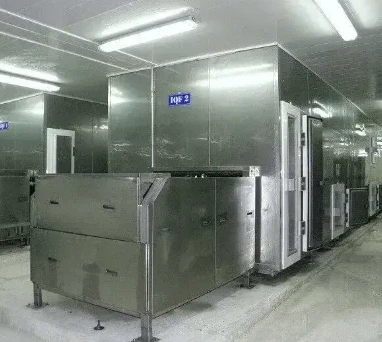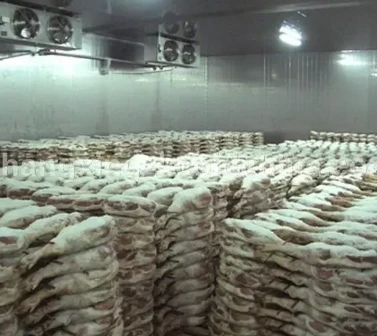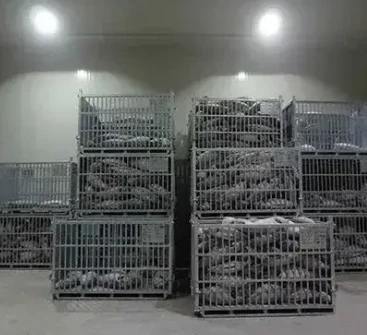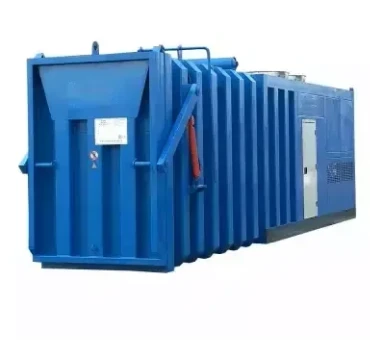Outdoor Cold Room
Outdoor cold rooms are essential for businesses that require refrigeration in outdoor settings. These specialized units are designed to maintain low temperatures, ensuring the freshness and safety of perishable goods even in challenging environments. In this comprehensive guide, we will explore the features, benefits, applications, and considerations of outdoor cold rooms.
Outdoor cold rooms are constructed with durable materials and robust insulation to withstand varying weather conditions. They are equipped with powerful refrigeration systems capable of maintaining consistent temperatures, even in extreme heat or cold. Additionally, these units may include features such as weatherproofing seals, reinforced flooring, and secure locking mechanisms to protect contents from environmental factors and unauthorized access.
One of the primary benefits of outdoor cold rooms is their versatility. They can be used in a wide range of industries, including food and beverage, pharmaceuticals, agriculture, and hospitality. Whether storing fresh produce on a farm, vaccines at a medical facility, or chilled beverages at an outdoor event, these units provide reliable refrigeration wherever it is needed.
In the food industry, outdoor cold rooms play a crucial role in preserving the quality and safety of perishable goods. They allow businesses to store ingredients, prepared foods, and finished products at the optimal temperature, minimizing the risk of spoilage and foodborne illness. Additionally, outdoor cold rooms facilitate efficient inventory management, enabling businesses to stockpile supplies and reduce waste.
In the pharmaceutical sector, outdoor cold rooms are essential for storing temperature-sensitive medications, vaccines, and laboratory samples. These units ensure that medical products remain within the required temperature range, preserving their efficacy and integrity. This is particularly important in remote or disaster-prone areas where access to conventional refrigeration may be limited.
When selecting an outdoor cold room, several factors should be considered to ensure optimal performance and suitability for specific applications. Size, capacity, temperature range, and energy efficiency are key considerations. Additionally, businesses should evaluate the durability, security features, and maintenance requirements of potential units to make informed decisions.
In conclusion, outdoor cold rooms are indispensable assets for businesses that require refrigeration in outdoor environments. Their durable construction, versatile applications, and advanced features make them invaluable tools for preserving the freshness and safety of perishable goods. By understanding their features, benefits, and considerations, businesses can make informed choices to meet their refrigeration needs effectively.






